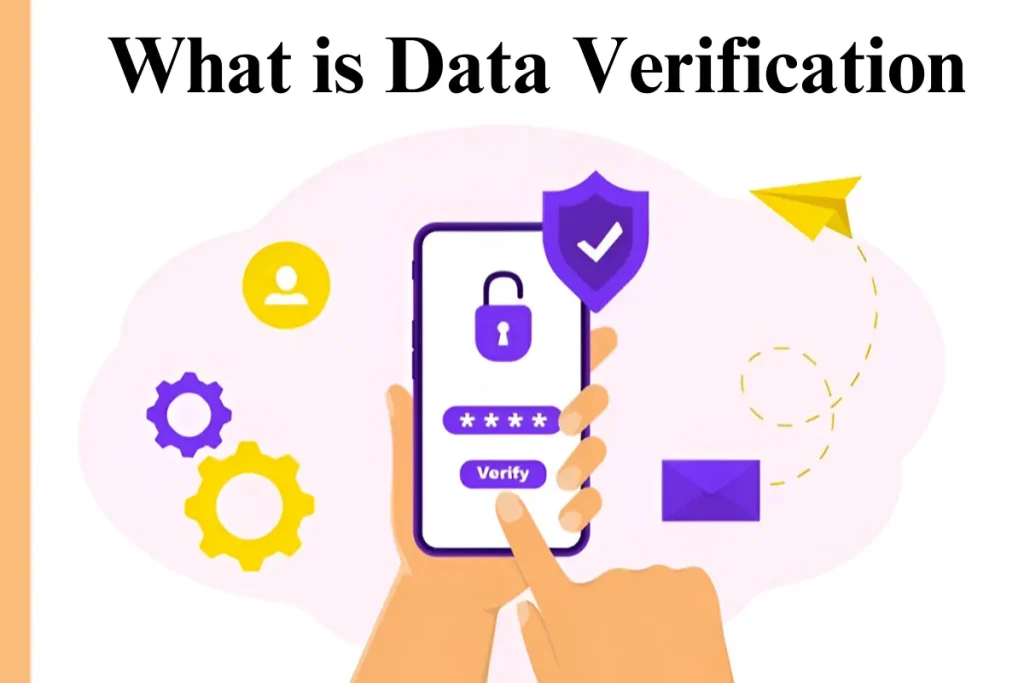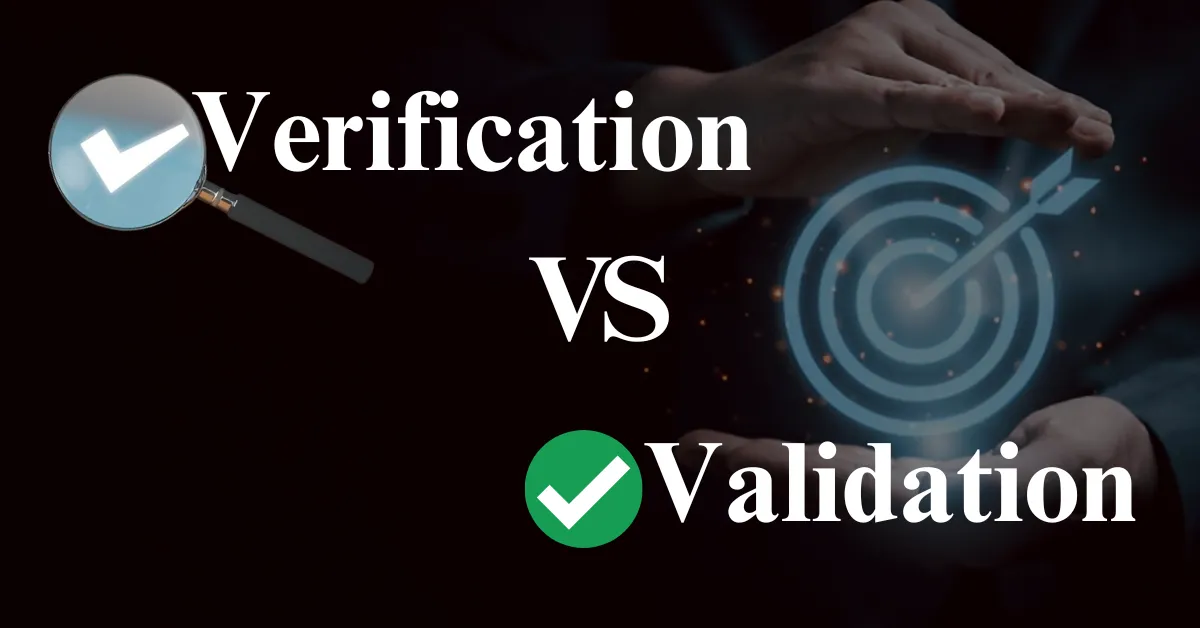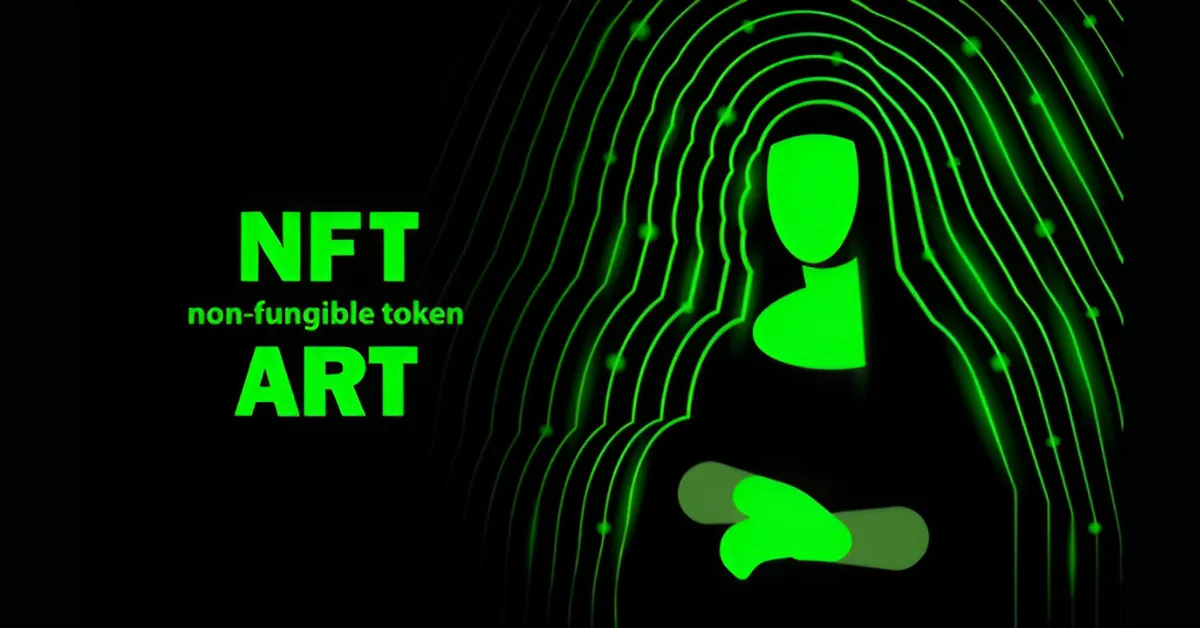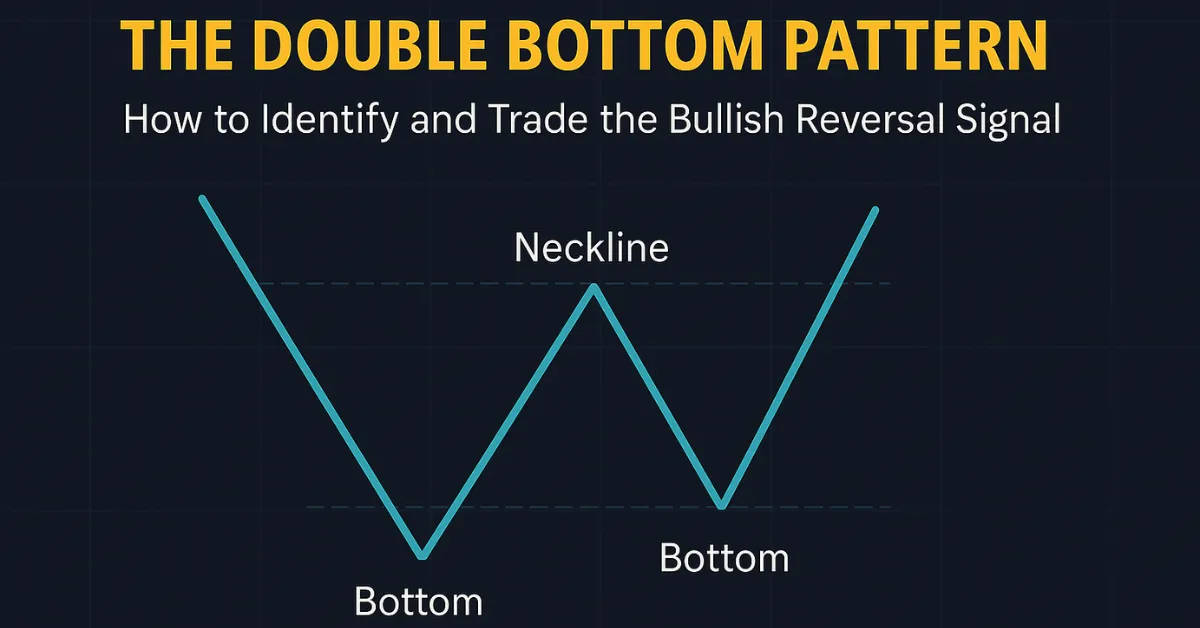What is Data Verification | Proven Techniques to Verify Your Source Data in 2025
Ensuring the accuracy and integrity of data has become a critical challenge for many organizations. Errors in data can lead to poor decision-making, loss of revenue, and even legal issues.
Data verification provides a systematic approach to checking and validating data for accuracy and consistency. Businesses can enhance their data quality and make informed decisions by implementing effective processes.
What is Data Verification?

Data verification is the process of ensuring that the data collected and stored is accurate, consistent, and reliable. It involves checking the data for errors, inconsistencies, and discrepancies to ensure that it meets the required standards and is fit for its intended use.
Data evaluation plays a crucial role in maintaining data integrity and quality in various fields such as research, qualitative research, and companies. Accurate data evaluation helps organizations make informed decisions, reduce risks, and improve operational efficiency.
Data evaluation ensures accurate assessment and management of credit risk, which is crucial when calculating the probability of default.
Methods of Data Evaluation

Techniques and Tools Used
Data evaluation involves various techniques and tools to ensure data accuracy and consistency. These methods include automated software checks, manual reviews, and statistical analyses. Popular tools such as Excel, specialized software, and database systems are often employed to facilitate the verification process. Automated data evaluation methods often involve API integrations to streamline and enhance verification processes.
Verifying Data in Different Formats
Data evaluation is essential for different data formats, including forms, Excel sheets, and databases. Each format requires specific verification techniques to ensure data integrity. For instance, verifying login data involves checking user credentials, while verifying database entries involves cross-referencing data against trusted sources.
Challenges in Data Evaluation

Common Issues
Data verification comes with its own set of challenges. Common issues include incomplete data, data entry errors, and inconsistencies across different data sources. These problems can lead to verification failures and affect the reliability of the data.
Quality Assurance Measures
To address these challenges, various quality assurance measures are implemented. These measures include regular data audits, automated checks, and validation processes.
Ensuring data quality involves continuous monitoring and refining of verification techniques. Implementing data evaluation processes can significantly improve performance management by ensuring accurate data.
Data Evaluation in Practice
Examples and Case Studies
Data evaluation is crucial in real-world applications. For instance, verify QuickBooks data ensures accurate financial records, while checking inventory databases maintains stock accuracy. Case studies from various industries highlight the importance of data evaluation in improving data quality and operational efficiency.
Data Evaluation Checklist
Creating a comprehensive data evaluation checklist helps in systematically verifying data. This checklist includes steps such as cross-referencing data sources, conducting regular audits, and implementing automated verification tools. A well-defined checklist ensures that all aspects of data evaluation are covered.
Role of Data Evaluation Specialists
Job Description and Responsibilities
Data evaluation specialists play a vital role in ensuring data accuracy and consistency. Their responsibilities include verifying data entries, conducting audits, and implementing verification processes. They work closely with database administrators and other IT professionals to maintain data integrity.
Specialist Salary and Skills
Data evaluation specialists require a specific skill set, including attention to detail, proficiency in data analysis tools, and knowledge of verification techniques. Their salaries vary based on experience and location, with remote specialists and those in high-demand areas often earning higher salaries.
Data Evaluation in Different Industries

Data Evaluation in IT and Tech
In the IT and tech industries, data evaluation is essential for ensuring the accuracy and reliability of software and systems. Verifying software data helps in identifying bugs and preventing system failures. Tools and techniques used in this sector include automated testing, data checks, and quality assurance processes.
Professionals in IT and tech industries often need to stay updated with best practices for data evaluation. Earning CPE credits ensures they maintain industry standards and stay ahead of evolving technologies.
Data Evaluation in Customer Service
Customer service sectors utilize data evaluation to ensure accurate customer information and enhance service quality. This includes verifying login details, validating phone numbers, and maintaining up-to-date customer records. Accurate data evaluation helps in providing better customer support and resolving issues efficiently.
Strong password management is a crucial part of customer data security. Implementing secure password ideas helps prevent unauthorized access and enhances data verification processes.
Data Evaluation in Research
In the field of research, data evaluation ensures the credibility and reliability of research findings. This process involves verifying data sources, cross-referencing data, and conducting thorough quality checks. In qualitative research, data evaluation is crucial for maintaining the integrity of the research process and ensuring accurate results.
Understanding the Level of Effort (LOE) concept can help align data verification tasks with the required resources.
Data Evaluation in Cryptocurrency and Blockchain
Blockchain Verification
In the cryptocurrency and blockchain industries, data evaluation is crucial for maintaining the integrity and security of transactions. Blockchain verification involves validating transactions and ensuring they comply with network rules. This process prevents fraudulent and invalid data from being added to the blockchain.
Verification Techniques
Blockchain verification employs various techniques such as cryptographic puzzles, proof-of-work, and peer validation consensus. These methods ensure that only valid transactions are included in the blockchain, enhancing the network’s security and transparency.
Cross-checking contact details during data verification reduces errors and improves communication reliability.
Tools and Techniques for Effective Data Evaluation

Popular Tools and Software
Several tools and software applications are available to facilitate data evaluation. Excel is one of the most commonly used tools for verifying and validating data.
Specialized software like QuickBooks also provides features for data evaluation, ensuring the accuracy of financial records. Additionally, database systems and custom-built verification tools play a crucial role in maintaining data integrity.
Note-taking apps also play a significant role in data evaluation, especially in research and qualitative studies. Comparing apps like GoodNotes vs Notability can help users choose the best tool for organizing and verifying data efficiently.
Effective Methods
Effective data evaluation methods include automated verification processes, manual reviews, and statistical analysis. These methods help identify discrepancies, correct errors, and ensure data consistency. Implementing a combination of these techniques ensures a comprehensive approach to data evaluation.
Data Verification Services and Solutions
Overview of Verification Services
Data evaluation services are essential for organizations to ensure the accuracy and consistency of their data. These services offer comprehensive solutions, including automated verification, manual checks, and regular data audits.
Companies such as those providing verified flood services or verify jobs offer specialized data evaluation solutions tailored to specific industry needs. Verification services ensure the authenticity and ownership of digital assets like NFT art.
Industry Examples
Various industries utilize data evaluation services to maintain data quality. For instance, companies offering verify flood services help ensure accurate flood data for insurance purposes, while those in the job verifier sector validate employment records to prevent fraud. These services are crucial in maintaining the integrity and reliability of data across different sectors.
Common Data Evaluation Processes
Detailed Verification Processes
Data evaluation processes involve a series of steps to ensure data accuracy and integrity. These steps include data entry verification, cross-referencing data sources, and conducting regular audits.
The verification process helps identify and correct errors, ensuring that the data is reliable and fit for its intended use. Ensuring accurate data evaluation processes is crucial in channel marketing to maintain up-to-date and reliable customer and product information.
Verification Across Platforms
Data evaluation is crucial across various platforms, including online forms, databases, and customer service systems. Verification processes ensure that data entered in forms, databases, and other systems is accurate and consistent.
For instance, verify login data involves checking user credentials across different platforms to prevent unauthorized access.
Latest Data Verification Updates in 2025
Data verification has evolved rapidly in 2025, driven by the demand for more accurate, verified, and trustworthy data. Here are the key trends shaping the landscape this year:
- AI-Powered Verification – Modern tools now use artificial intelligence and machine learning to perform real-time checks, detect anomalies, and validate data faster than ever.
- Real-Time Monitoring – Businesses are adopting systems that monitor data accuracy continuously, preventing errors before they disrupt operations.
- Advanced Tools and Platforms – New verification platforms simplify workflows by cleaning and validating data automatically, ensuring reliability at every stage.
- Trust and Compliance Frameworks – Organizations are building stronger trust ecosystems to verify sources and reduce fraud, especially in regulated sectors.
- Enhanced Data Integrity Practices – From encryption to controlled access and routine backups, companies are doubling down on methods to maintain accuracy and source integrity.
By staying updated with these cutting-edge verification methods, businesses can ensure their data sources remain verified and dependable, supporting smarter decision-making and compliance in 2025 and beyond.
Conclusion
Ensuring the accuracy and integrity of data is crucial for effective decision-making and operational efficiency. Implementing systematic processes can significantly enhance data quality and reduce errors.
By prioritizing data verification, organizations can build a reliable data foundation, leading to more informed decisions and improved outcomes.
FAQs
What does data verify do?
Data verification involves checking and confirming that data is accurate, consistent, and reliable. It ensures that the data collected meets the required standards and is fit for its intended use. This process helps identify and correct errors, preventing issues that may arise from inaccurate or inconsistent data.
What is data entry verification?
Data entry verification is the process of ensuring that the data entered into a system is accurate and error-free. This involves cross-referencing the entered data with original sources, conducting manual reviews, and using automated verification tools to identify and correct any discrepancies.
How do you verify data collection?
To verify data collection, several steps can be taken:
1. Cross-referencing Data Sources: Compare the collected data with trusted and verified sources to ensure accuracy.
2. Automated Verification Tools: Use software tools to automatically check for errors and inconsistencies.
3. Manual Reviews: Conduct thorough manual reviews to identify and correct any discrepancies.
4. Regular Audits: Perform regular data audits to maintain data integrity and ensure ongoing accuracy.






